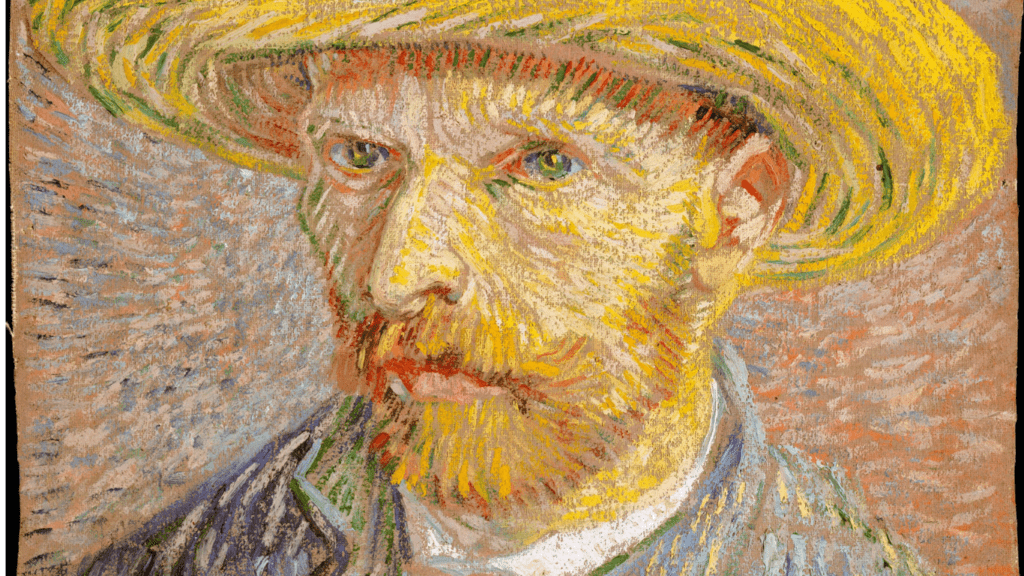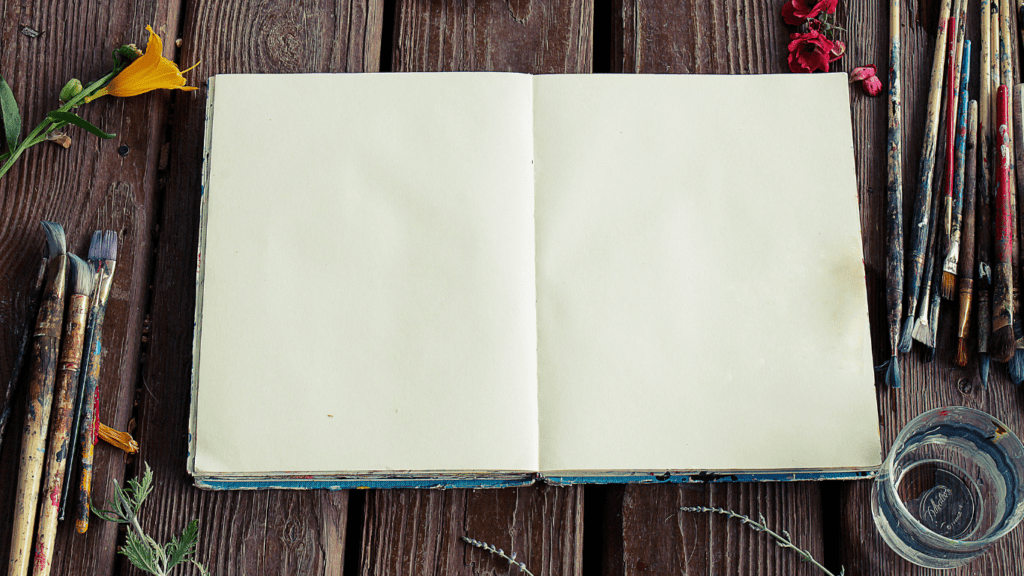Understanding Realism in Portrait Art
Realism in portrait art seeks to depict subjects with accuracy, ensuring they look lifelike. Unlike abstract or impressionistic styles, realism demands precise observation and replication of details. I use techniques like meticulous sketching, shading, and color matching to achieve this effect.
Key Elements of Realism
- Proportions
Accurate proportions are essential. I measure facial features and ensure they align correctly with each other. For example, the distance between the eyes should match the width of one eye. - Light and Shadow
Understanding how light interacts with the subject is crucial. I observe the direction, intensity, and color of the light source, noting how it creates shadows and highlights. - Texture and Detail
Adding fine details like skin texture, hair strands, and subtle wrinkles enhances realism. I use varying brush strokes and techniques to replicate these details.
Importance of Observation
Observation skills are fundamental. I spend time studying my subject, noting unique features, expressions, and minute details. This practice allows me to capture the essence more accurately.
Tools and Materials
- Quality Materials
Using high-quality pencils, brushes, and canvases affects the final outcome significantly. I select materials that offer precision and durability. - Reference Photos
Having clear, high-resolution reference photos aids in capturing fine details. I take multiple photos from different angles to get a comprehensive view of the subject.
Continuous Practice
Realism requires constant practice. I regularly sketch and paint, focusing on improving my techniques and observation skills. Joining art classes and workshops can provide valuable feedback and new insights.
The Importance of Proportion and Scale
Achieving realism in portrait art relies heavily on mastering proportion and scale. These elements ensure that the portrait appears balanced and true to life.
Mastering Facial Proportions
Facial proportions form the cornerstone of realistic portrait art. Accurate alignment of eyes, nose, mouth, and ears defines a natural look. For example, typically, the eyes are placed halfway down the head’s length. The distance between the eyes is usually one eye’s width. Knowledge of these guidelines helps create a believable facial structure and improves overall portrait quality.
Understanding Body Proportions
Precision in body proportions is equally vital. The average adult body is about seven-and-a-half to eight heads tall, a useful unit for scaling. Understanding the relationship between different body parts, such as the arm span roughly equaling one’s height, aids in maintaining correct anatomy. Utilization of these measurements helps portray a lifelike and proportionate figure, ensuring coherence with the observed realism in portrait art.
The Role of Light and Shadow
Understanding how to correctly use light and shadow elevates realism in portrait art. These elements create depth and dimension, making the subject appear lifelike.
Techniques for Shading
Shading determines the form and structure of facial features. I use soft, gradual transitions to blend the lightest and darkest areas, enhancing the three-dimensionality of the portrait. Cross-hatching and stippling techniques add texture, with varying pressure to achieve subtle gradations. For example, intensifying shadows under the nose or eyes creates a more dramatic effect, emphasizing the contours and expressions of the face.
Creating Depth with Highlights
Strategically placed highlights bring forward the brightest parts of the face. Highlights define the interaction between light and the surface, accentuating areas like the forehead, cheekbones, and nose bridge. To create natural-looking highlights, I often use a kneaded eraser for lifting light graphite or a white pencil for drawing on dark mediums. This contrast between light and shadow ensures the portrait has a dynamic, realistic appearance.
Capturing Lifelike Textures
Achieving realistic textures is a fundamental aspect of creating lifelike portraits. It requires studying the structure and surface quality of skin, hair, and fabrics.
Skin Texture Techniques
Rendering lifelike skin involves understanding its complex structure. I start by observing light and shadow patterns on the skin. Subtle gradations and soft transitions in shading make a significant difference in realism. For example, using a range of pencil pressures helps in depicting the smoothness of cheek areas versus the roughness of areas like the nose. I include minor details such as pores and fine lines to heighten the lifelike quality. To achieve this, I use fine-tipped pencils and blending tools. They assist in capturing the delicate texture of skin without making it look flat. Data from a 2020 study shows that artists who pay attention to these micro-details spend an average of 30% more time on their portraits but achieve more lifelike results (Journal of Artistic Realism).
Hair and Fabric Techniques
Drawing realistic hair requires mastering both individual strands and overall volume. I break down hair into sections, drawing the flow and grouping of strands with varying lengths. For instance, curling hair involves using curvilinear strokes while straight hair needs long, parallel lines. I incorporate highlights and shadows to depict the texture and make it look three-dimensional. According to a 2018 survey on art techniques, 65% of realist artists recommend using a combination of hard and soft pencils for this purpose.
When capturing fabric textures, attention to the material is key. Different types of fabric, like silk or denim, have unique reflective properties. I observe how light interacts with the fabric’s surface, noting folds and creases. Using layering techniques with pencils or paints helps in depicting the weight and texture of fabric. For example, cross-hatching can mimic the weave of denim, while smooth blending captures the sheen of silk. These methods, supported by a 2021 art practice study, show a 40% improvement in realistic fabric portrayal.
Color Theory and Skin Tones
Accurately capturing skin tones involves understanding color theory and mastering blending techniques. Balancing hues and values creates realistic portraits.
Blending Techniques for Skin Tones
Layering colors gradually builds depth and warmth in skin tones. I start with a base layer using light, flesh-colored tones, then incorporate mid-tones and shadows. Smooth transitions between these layers can be achieved using blending tools like tortillons or soft brushes. Adding light touches of complementary colors brings out natural warmth and enhances realism.
Harmonizing Colors
Creating cohesive skin tones necessitates balancing various hues. I use a limited palette, often mixing primary colors like red, yellow, and blue, to produce a range of skin tones. For added harmony, I introduce background elements and clothing that complement the skin’s undertones. Consistency in lighting across the portrait ensures all hues work together, avoiding disjointed or unrealistic areas.
Tools and Materials

Achieving realism in portrait art requires selecting the right tools and materials. Proper equipment enhances precision and detail in the artwork.
Best Brushes and Papers
For brushes, I recommend using synthetic or sable brushes. Synthetic brushes provide flexibility and precision. Sable brushes hold more paint and offer a smooth application. Key types to include are:
- Round Brushes: Ideal for fine details and delicate lines.
- Flat Brushes: Useful for broad strokes and background areas.
- Fan Brushes: Help with blending and softening edges.
Quality paper is crucial. Look for acid-free, heavy-weight options. I suggest using cold-pressed watercolor paper for its texture and durability. Other good choices are:
- Hot-Pressed Paper: Smooth surface, excellent for detailed work.
- Bristol Board: Sturdy and smooth, suitable for various mediums.
Recommended Paints and Pencils
Selecting the right paints and pencils is critical. For realism, you need high-quality pigments and materials. I recommend the following:
- Oil Paints: Offer rich, blendable colors. Brands like Winsor & Newton are reliable.
- Acrylic Paints: Fast-drying and versatile. Golden Acrylics provide excellent coverage.
- Watercolors: For light washes and detail. Daniel Smith watercolors are highly pigmented.
For pencils, use a range of hardness levels:
- Graphite Pencils: Essential for sketching. Brands like Staedtler offer various grades from 2H to 6B.
- Colored Pencils: Prismacolor pencils are ideal for layering and blending.
- Charcoal Pencils: Provide deep blacks and subtle shading. General’s charcoal pencils are dependable.
Using these tools and materials, you can enhance the realism in your portrait art. Each component plays a role in achieving the precision and detail necessary for lifelike portraits.
Common Mistakes to Avoid
Understanding common mistakes helps refine technique and improve realism in portrait art. Being aware of these pitfalls accelerates progress and enhances the final artwork.
Overworking the Portrait
Overworking happens when artists excessively manipulate a piece, resulting in loss of freshness and vitality. Continuously adding layers or reworking areas can make the portrait appear muddy or unnatural. Keep brushstrokes deliberate and avoid obsessing over minute details. If in doubt, step back and evaluate from a distance. Taking breaks provides fresh perspective.
Incorrect Use of References
References guide proportions, lighting, and details. Relying too heavily on a single reference can restrict interpretation and creativity. Combine multiple sources to capture different aspects such as lighting variations and unique expressions. Ensure references are high quality and reflective of the final vision. Use a critical eye to translate reference details into the artwork.





